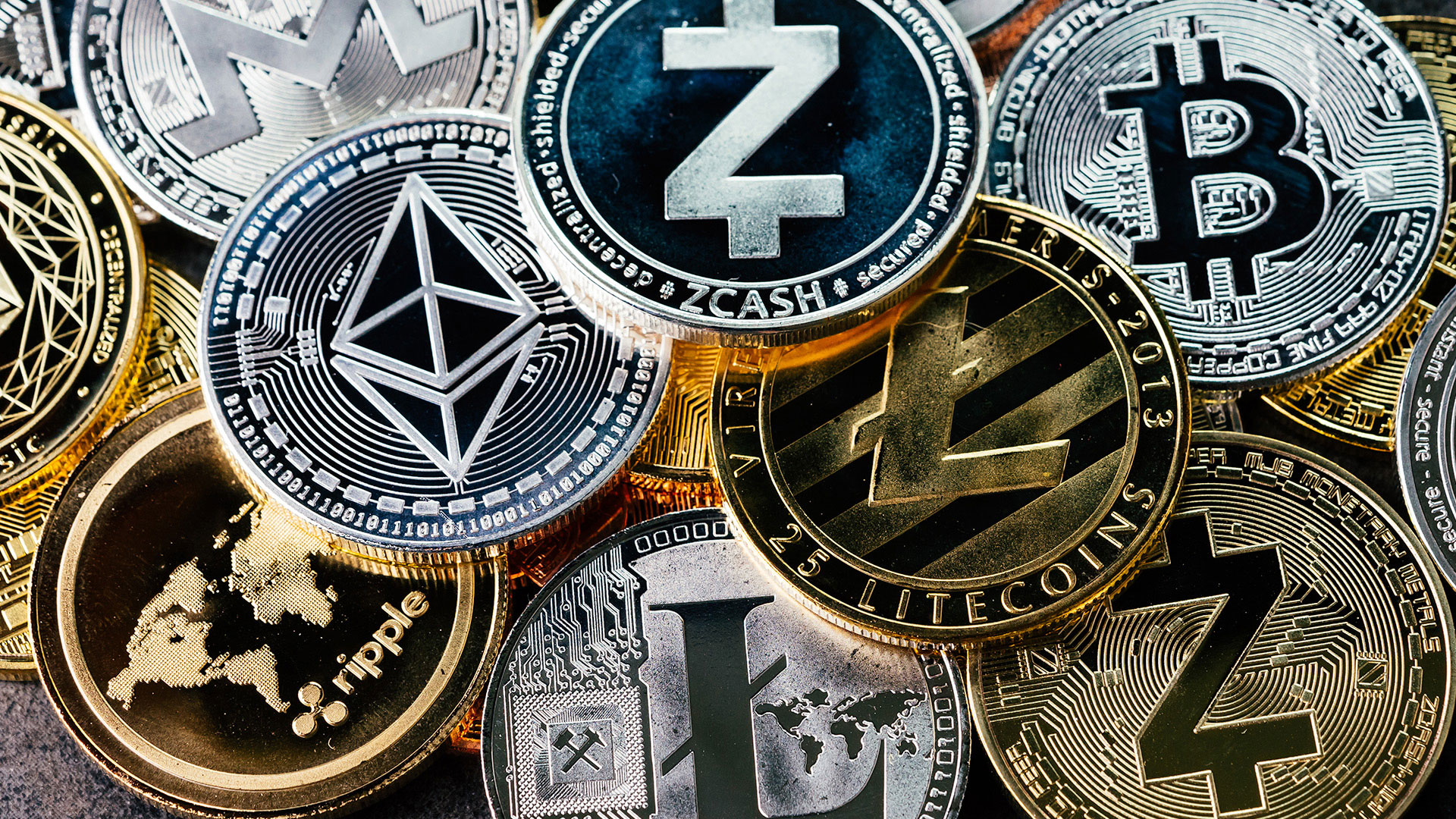On December 28, 2023, New York federal district judge Jed Rakoff held as a matter of law that various crypto tokens sold by Terraform were “securities” under US securities laws. SEC v. Terraform Labs Pte. Ltd., 2023 WL 8944860 (S.D.N.Y. Dec. 28, 2023). The court thus granted the SEC summary judgment on its claim that Terraform offered and sold unregistered securities in violation of Sections 5(a) and 5(c) of the Securities Act of 1933, 15 U.S.C. §§ 77e(a), 77e(c).
A basic application of the “Howey Test”
The case concerned the UST, LUNA, wLUNA and MIR tokens that had been sold by Terraform. The court’s holding was blunt: “There is no genuine dispute that UST, LUNA, wLUNA and MIR are securities because they are investment contracts.”
The court grounded its ruling squarely in the US Supreme Court’s “Howey test,” from SEC v. W.J. Howey Co., 328 U.S. 293, 298-99 (1946), for identifying the kinds of “investment contracts” that Section 2(a)(1) of the Securities Act, 15 U.S.C. § 77b(a)(1), defines as constituting “securities.” Under that test, explained the court, “the Supreme Court held in no uncertain terms that ‘an investment contract for purposes of the Securities Act means a contract, transaction or scheme whereby a person invests his money in a common enterprise and is led to expect profits solely from the efforts of the promoter or a third party.’”
Judge Rakoff held in his ruling that “[t]here is no genuine dispute that the elements of the Howey test—‘(i) investment of money (ii) in a common enterprise (iii) with profits to be derived solely from the efforts of others’ (id.)—have been met for UST, LUNA, wLUNA and MIR.” He rejected the defendants’ various arguments for why these tokens fell outside the Howey test.
UST not exempt as being a stablecoin
The defendants argued that the UST token, as a stablecoin whose value did not change, could not satisfy the Howey test because there could be no expectation of profit in purchasing such a coin. But the court pointed to the fact that Terraform also had developed and offered its so-called “Anchor Protocol,” whereby UST deposited in the protocol would generate, according to Terraform’s marketing materials, a fixed and stable 20 percent yield. The court also noted that such payouts were in fact made.
Thus, said the court, “UST in combination with the Anchor Protocol constituted an investment contract.” Even if not all holders of UST deposited tokens in the Anchor Protocol, the court cited Howey to conclude that it was “of no legal consequence” that “some holders ‘ch[o]se not to accept the full offer of an investment contract.’” The court’s ruling did not address what the status of UST might be in the absence of the Anchor Protocol or a similar program.
Token sales covered when tokens were marketed as purchasing a stake in the growth of the network
The SEC’s claim as to the LUNA token (and by extension the wLUNA token) was that “the defendants ‘pooled’ the proceeds of LUNA purchases together and promised that further investment through these purchases would benefit all LUNA holders.” This allegation, the court previously had held, “adequately pled that the defendants and the investors were joined in a common, profit-seeking enterprise.”
Now on summary judgment, the court cited evidence that the defendants themselves had characterized purchases of LUNA as being equivalent to buying “the equity” in their company and that owning LUNA “is essentially owning a stake in the network” that would only grow in value as the Terraform “ecosystem grows.” “In other words,” said the court, Terraform was claiming that “a person could invest their ‘money in a common enterprise’ and be ‘led to expect profits solely from the efforts of the promoter or a third party,’ namely, Terraform and [its president].” The court rejected the defendants’ attempts to rebut the force of this “evidence that LUNA and wLUNA were securities” as being “off the mark.”
Claims of decentralization undercut
A similar analysis showed Terraform’s MIR token to be a “security” as well, said the court. The defendants had described MIR as a “governance token that earns fees from asset trades” on the “Mirror Protocol” that Terraform had launched, claiming in a press release that “[b]y adding the Mirror governance token—MIR—to liquidity pools, MIR holders can earn 0.25 percent from trading fees.”
Although Terraform had claimed MIR to be decentralized (i.e. so as not to be solely dependent on the promoters’ efforts as required under Howey), the court noted that Terraform in fact had explained that “the team behind Terra contributed most of the core development work behind the Mirror [Protocol].” The court also pointed to evidence that Terraform touted to purchasers its efforts to strengthen and increase the visibility of the Mirror Protocol, expand its markets and provide it with a product manager and software updates which were paid for out of the pooled proceeds of MIR sales. The court thus concluded:
“In light of all this, defendants cannot meaningfully dispute that they led holders of MIR to expect profit from a common enterprise based on Terraform’s efforts to develop, maintain and grow the Mirror Protocol—in other words, that MIR passes the Howey test with flying colors.”
Unregistered sales of LUNA and MIR
The court thus held there to be “no genuine dispute that defendants offered and sold unregistered securities, in violation of Sections 5(a) and 5(c) of the Securities Act,” given the clear evidence that “defendants offered and sold LUNA and MIR in unregistered transactions.”
Specifically, “Terraform sold LUNA tokens directly to institutional investors through sales agreements that expressly contemplated Terraform’s development of a secondary market,” including through agreements whose discounts “provided a built-in incentive for secondary resale.” The court also cited evidence that Terraform acknowledged that “token listing is a precondition for [the] Terra/Luna ecosystem to operate” and discussed its plans to “improve liquidity of LUNA in secondary trading markets.”
Similarly with respect to MIR, the court cited evidence that the MIR tokens were sold through agreements that “did not restrict purchasers from reselling their MIR tokens in secondary trading markets or to US investors.” Terraform had agreements that required others “to trade MIR tokens on crypto asset trading platforms” and “sold both LUNA and MIR tokens to secondary market purchasers on Binance and other crypto trading exchanges.”
No exemptions available
While the defendants argued “that their distributions of LUNA and MIR were not public offerings because they only sold directly to sophisticated investors,” the court held that “to avail themselves of that exemption, defendants would need to also show that they “intended” the LUNA and MIR tokens ‘to come to rest with’ those sophisticated investors.” However, it said, “securities do not come to rest with investors who intend a further distribution.”
Thus, Terraform’s own repeated statements about developing a liquid secondary market for LUNA, and its express requirements that others trade MIR on exchanges and provide reports to Terraform about that secondary trading, “make plain that neither Terraform nor its institutional investors had any intent to simply hold onto LUNA or MIR without further trades.” This precluded defendants from relying on any exemption under Section 5 for sales of securities to sophisticated investors only.
The court also held there was no evidence to support defendants’ contention that any such secondary market trading would take place exclusively outside the United States, so as to be exempt from Section 5 under Regulation S.
Status of SEC’s other securities claims
While the court thus granted the SEC summary judgment on its Section 5 claims for offering and selling unregistered securities, it held “genuine disputes of material fact linger that preclude summary judgment for any party on the fraud claims” that the SEC additionally had made against the defendants in connection with those sales. The court noted, for example, that “[m]uch of the SEC’s evidence of scienter for its two fraud allegations . . . comes from third-party whistleblowers whose credibility is critical and whose testimony is subject to numerous challenges that are best resolved at trial.”
Trial in the case is now scheduled to begin on January 29, 2024.
Conclusion
A legal battle has been raging for years over whether sales of crypto tokens can properly be regarded in appropriate circumstances as sales of securities that are subject to the requirements of the US federal securities laws, and indeed whether the tokens themselves may regarded as securities. Judge Rakoff’s summary judgment ruling in Terraform goes far beyond merely showing that such outcomes are possible.
Rather, Judge Rakoff’s ruling shows that certain facts about how such tokens are sold and marketed—which may hardly be unique to Terraform, and which may effectively be undeniable—may be sufficient to establish as a matter of law the applicability of the securities laws to sales of those tokens. In addition, Judge Rakoff had little difficulty in terming the actual tokens themselves to be “investment contracts” and “securities,” even if their profit-making potential derived from a separate “protocol” with which perhaps not all token purchasers were involved.
Judge Rakoff’s decision in Terraform is of course just the ruling of a single judge at the district court level, with which other district court judges may disagree, and which may ultimately be challenged on appeal. There likely will be other litigants who will seek to challenge and test his broad strong conclusions in other cases. Nevertheless, Judge Rakoff’s Terraform ruling will likely strengthen the SEC’s hand in numerous future cases where token sales have occurred under similar circumstances.





